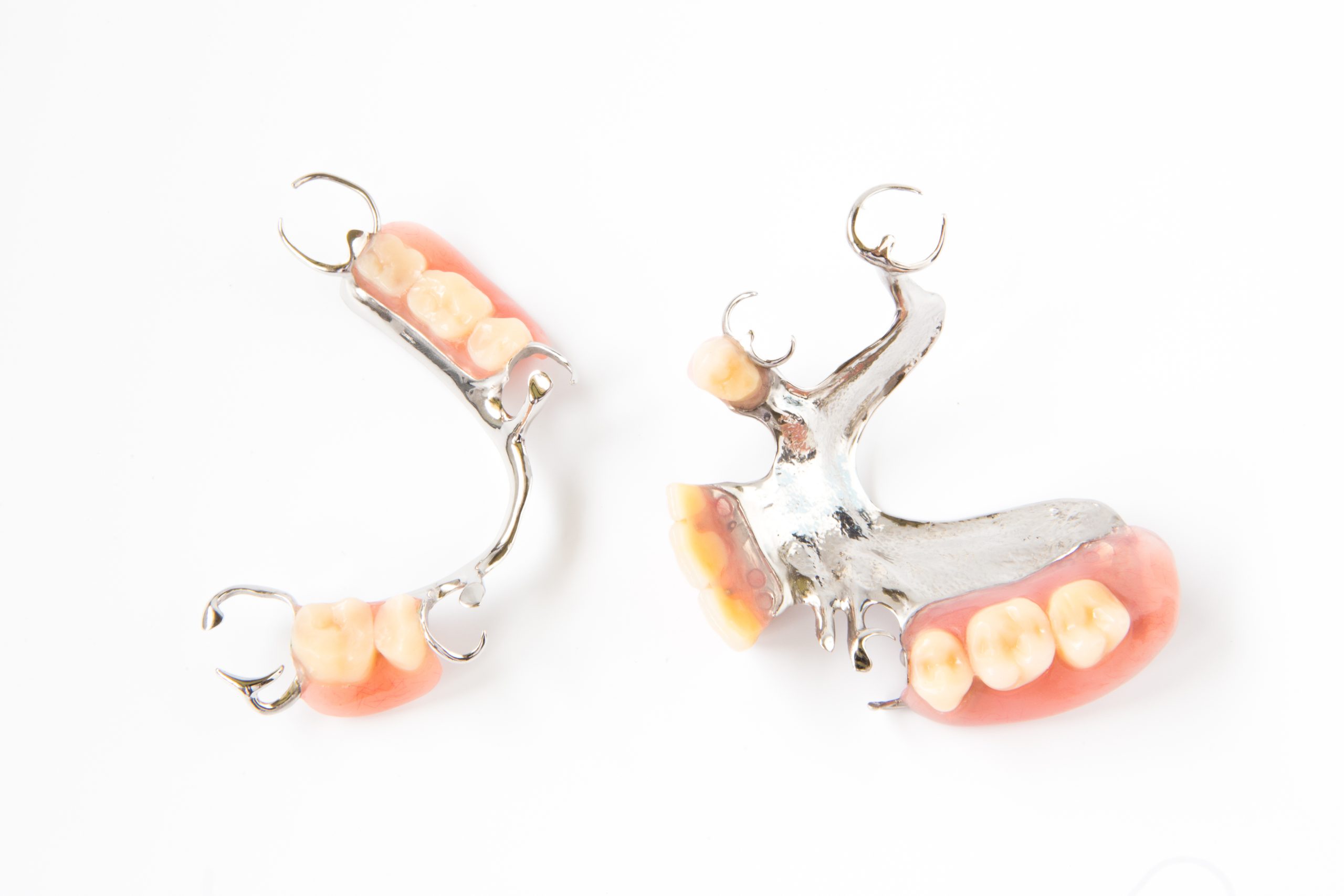Cobalt in dental devices
– The door for cobalt-chromium alloys is not completely closed, Dahl says.
– Cobalt is, however, a well-known sensitizer and should be avoided for patients with an allergic history, Dahl says.

The use of cobalt in dental devices as crowns, bridges and removable partial prosthesis have now raised concern as cobalt is classified as a CMR (Carcinogenic, Mutagenic, toxic to Reproduction) substance, says Jon E. Dahl, CEO at NIOM. The issue was discussed at a symposium at Riskstämman in Gothenburg, in November, where Dahl lectured.
According to the European Medical Device Regulation, medical and dental devices cannot contain more than 0.1 % of a CMR substance. Cobalt-chromium alloys used in dentistry contain around 60 % cobalt.
A ban on cobalt-chromium alloys has great impact on dentistry but also on medical side, as a vast number of medical devices and instruments are made from such alloys i.e. prostheses, cardiovascular implant, surgical instruments, syringes, needles, and catheters.
Not closed
– The door for cobalt-chromium alloys is not completely closed, Dahl says.
He explains that the European Medical Device Regulation opens up for the use if a justification for the presence of can be made based upon:
(a) An analysis and estimation of potential patient or user exposure to the substance;
(b) An analysis of possible alternative substances, materials or designs;
(c) an argumentation as to why possible substance and/ or material substitutes or design changes, are inappropriate in relation to maintaining the functionality, performance and the benefit-risk ratios of the product.
Potential risk
– The cancer risk from cobalt compounds has been associated with inhalation exposure, where casting and welding of cobalt-chromium alloys may pose a theoretic risk to dental technicians, Dahl says.
– Cobalt is, however, a well-known sensitizer and should be avoided for patients with an allergic history, Dahl says.
Gold alloys, zirconia and glass ceramics could replace cobalt-chromium alloys for crown and bridges, and do so in many cases. Cobalt-chromium alloys are still the material of choice for removable partial prosthesis, and represent no health hazard to the patient.
Tolerable daily intake
Laboratory and epidemiological studies have shown that highest estimated daily exposure to cobalt from a large dental denture is 25 times lower than the tolerable daily intake and 250 times lower than the exposure level where toxic health effects have been observed.
– Justification for using alloys with cobalt concentration above 0.1 % (w/w) can be made based on exposure far below tolerable daily intake, and for removable partial prosthesis, inappropriate alternatives, Dahl concludes

Illustration by iStockphoto.
Reference:
Ketil Hegerstrøm Haugli, Morten Syverud & Jan Tore Samuelsen (2020) Ion release from three different dental alloys – effect of dynamic loading and toxicity of released elements, Biomaterial Investigations in Dentistry, 7:71-79, DOI: 10.1080/26415275.2020.1747471
Maria Kassapidou, Lars Hjalmarsson, Carina B Johansson, Petra Hammarström Johansson, Else Morisbak, Ann Wennerberg, Victoria Franke Stenport. Cobalt–chromium alloys fabricated with four different techniques: Ion release, toxicity of released elements and surface roughness. Dent Mater 2020;36:e352-e363. doi: 10.1016/j.dental.2020.08.012
NIOM Newsletter January 2023
